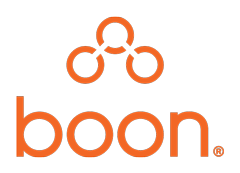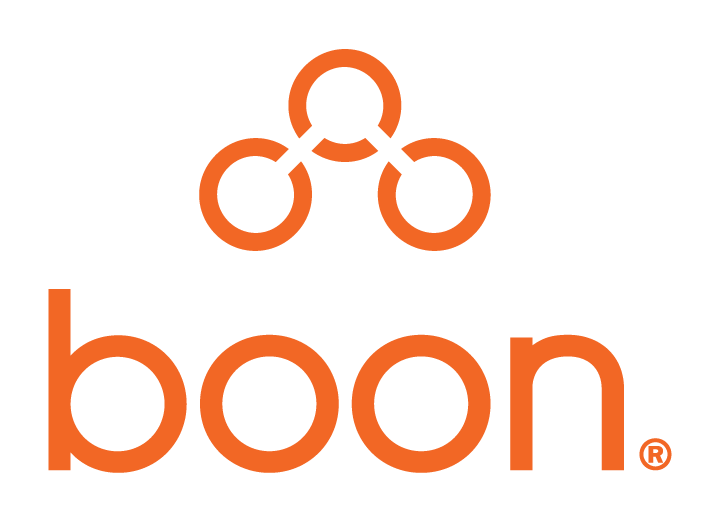We’re only a few months into 2019 and already the world of health and wellness is buzzing. From seasonal sickness to exciting political moves in the healthcare world, here are the top five headlines that should be on your radar.
1. The Trump Administration is Promoting Price Transparency.
The President recently signed two bills that can help prevent consumers from overpaying for their prescriptions: the Know the Lowest Price Act and the Patient Right to Know Drug Prices Act. Before the inception of these bills, insurance companies were able to include clauses in their contracts that prevented pharmacists from disclosing drug prices if it meant that the consumer would save money on the prescription by not using their insurance.
The goal of the current administration is to promote drug pricing transparency and to encourage greater consumer awareness and lower drug prices, overall.
2. Watch Your Cholesterol!
February is American Heart Month and for 2019 the focus of the annual campaign was conversations about cholesterol.
Cholesterol can do a number on our hearts and lead to a host of problems. A healthy diet is one of the best ways to manage our cholesterol. Saturated fats are the worst offender when it comes to high cholesterol. Some tips for avoiding saturated fats include: cooking with olive oil instead of butter, eating more fish, choosing nuts for a snack, and embracing the avocado.
While limiting the amount of fat in your diet is key to maintaining a health cholesterol level, don’t cut it out completely! Just seek out the good fats.
3. ACA Reporting Forms are Due Soon
Under the Affordable Care Act, there are rules under Sections 6055 and 6056 that require employers to provide information to the IRS about the health coverage they offer to their employees.
The following documents must be annually filed with the Internal Revenue Service (IRS)
- A separate statement for each individual who is provided with minimum essential coverage (for providers reporting under Section 6055), or for each full-time employee (if an applicable large employer, or ALE, is reporting under Section 6056). These forms are 1095-B and 1095-C, respectively
- A transmittal form, either 1094-B or 1094-C, for all returns filed in a given calendar year.
It’s required that a reporting entity furnish any related statements to individuals. Final forms for 2018 have already been released. To learn more click here!
These forms must be filed with the IRS no later than Feb. 28, 2019, or by April 1, 2019 if filing electronically. The deadline to furnish individual statements for 2018 has been extended by the IRS and was set for March 4, 2019.
4. Second Flu Season is Here!
Did you know that while the flu season officially lasts from October to May, the majority of flu cases occur between December and February? Most people think of the flu season as striking in the fall and right before the holidays. But second flu season is that final half of flu season, when everyone’s guard is down. This means it’s important to not let your guard down when it comes to protecting yourself and your family.
Don’t be fooled, the seasonal flu can make even the healthiest among us sick and can even result in hospitalization. According to the CDC, more than 700,000 people were admitted to the hospital during the 2017–2018 flu season.
The strongest defense against the flu is the flu vaccine, which is recommended by the CDC for anyone older than six months. Also, remember to wash your hands and maintain a healthy diet to keep your immune system in fighting form. Stay healthy and productive, this flu season!
5. EEOC Removes Wellness Plan Incentive Limits
In December 2018, the Equal Employment Opportunity Commission (EEOC) removed the incentive limit rules for wellness plans. The AARP challenged the incentive limit by arguing that it was too high to be consistent with federal laws that require “voluntary” employee participation in wellness programs.
Previously, the rules allowed employer-sponsored wellness plans to offer employees up to a 30% discount of the cost of self-only health coverage, in exchange for certain private medical information. This could also be construed as a penalty of up to 30% for not participating in the wellness plan.
In a civil action against the EEOC by the AARP, the court found that the EEOC failed to adequately explain how it would construe the term “voluntary.” Particularly, it begged the question of at what point is an incentive too large for the program to no longer be voluntary? The court also questioned whether or not incentives could be tied to activities that asked about the medical histories and medical exams of employees.
When the EEOC was unable to provide new regulations and justifications in a satisfactory time. The judge vacated the limit, but in turn, created a gray area surrounding inventive maximums. The 30% safe harbor for incentives shall remain in place.
As of January 1, 2019, the final rules’ guidance on incentive limits for voluntary wellness programs no longer applies.
There is a new level of legal uncertainty that comes with this decision. Employers should carefully consider the level of incentives they use in their wellness programs.
That’s our Top 5! What else will 2019 have in store?
The Boon Blog is your resource for all the latest updates in healthcare, benefits, and all things Boon! Make sure you give us a follow so that you don’t miss a post!
You can also keep up with Boon on Facebook, Twitter, and LinkedIn.

